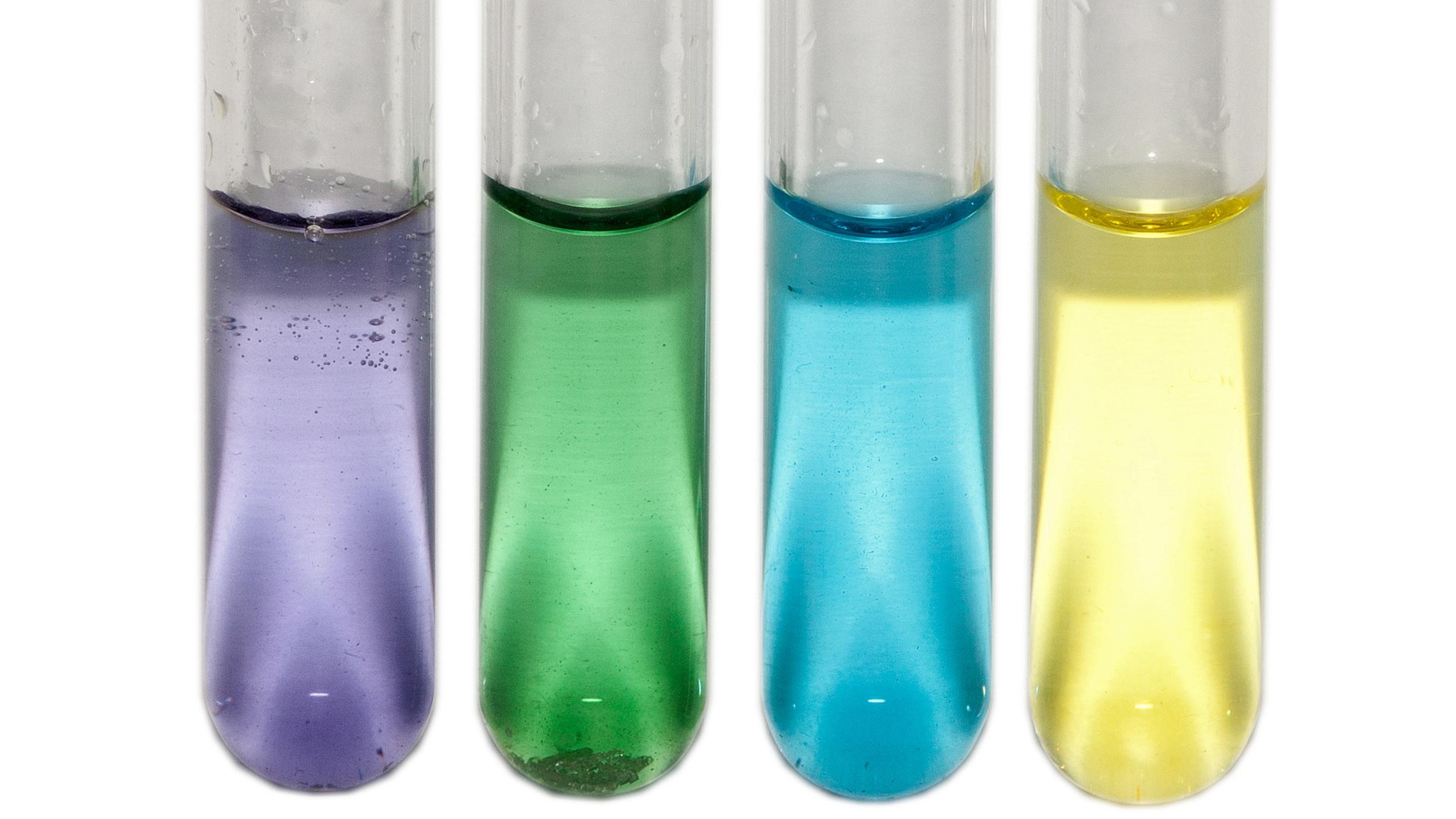Vanadium Electrolyte: Enabling High Energy Density in Redox Flow Batteries

Vanadium redox flow batteries (VRFBs) hold great promise for large-scale energy storage applications due to their unique ability to decouple power and energy. At the heart of any VRFB is the vanadium electrolyte - a solution of vanadium ions that shuttles between oxidation states during charge and discharge. In this article, we will explore the composition and function of vanadium electrolytes and discuss some of the latest developments in developing more energy dense formulations.
Vanadium exists in four stable oxidation states - V2+, V3+, V4+, and V5+ - that can be reversibly interconverted through redox reactions. Commonly used VRFB electrolytes contain vanadium dissolved in either sulfuric acid or chloralkali solutions. During charge, V2+ ions in the negative electrolyte are oxidized to V3+, while V5+ ions in the positive electrolyte are reduced to V4+. The reverse process occurs during discharge, allowing electrical energy to be stored chemically in the electrolytes and released on demand.
Composition of vanadium electrolytes
Vanadium Electrolyte as Traditional VRFB electrolytes contain 1-2 molar solutions of vanadium sulfate (VOSO4) dissolved in either 1-3 molar sulfuric acid or chloralkali solutions like NaCl. VOSO4 provides the redox-active vanadium ions while sulfuric acid or NaCl act as supporting electrolytes to improve conductivity. For a 1 molar VOSO4 solution, the maximum theoretical energy density is 25-30Wh/L based on the redox chemistry of the vanadium ions.
However, practical VRFB systems operate at lower state of charge windows (e.g. 30-80% SOC) for long-term stability, resulting in real world energy densities closer 15-20 Wh/L. Additionally, self-discharge reactions and crossover of vanadium ions between half-cells lead to capacity loss over multiple charge/discharge cycles. As a result, continuous efforts are focused on developing optimized electrolyte formulations with higher energy density, improved conductivity, and better long-term performance.
Increasing electrolyte energy density
One approach to increase energy density is boosting the vanadium concentration above 2 molar. However, higher VOSO4 loading leads to increased viscosity and poorer mass transport properties. Researchers addressed this by adding organic solvents like ethylene glycol or glycerol to the sulfuric acid electrolyte. This lowers viscosity and allows stable operation with vanadium concentrations up to 3-4 molar, raising theoretical energy density to 40-50 Wh/L.
Another strategy is exploring mixed electrolytes containing two or more vanadium species like VO2+ and V3+. These multivalent electrolytes can store charge in multiple oxidation states, dramatically increasing theoretical energy density. For example, a 2 molar solution containing VO2+/VO2+ and V3+/V2+ pairs reaches 120 Wh/L based on calculations. However, practical implementation faces challenges from complex redox chemistry and phase separation at higher concentrations.
Improving conductivity and stability
While organic solvents and multivalent electrolytes prove effective for boosting energy density, they often compromise long-term stability due to altered transport properties, increased vanadium crossover, and modified redox kinetics. Achieving a careful balance between these factors remains an active area of research.
Recent innovations include optimizing chloride or hydroxide co-ions in the supporting electrolyte beyond traditional sulfuric acid or NaCl. Lithium, potassium, and mixed chloride-hydroxide salts have shown promise for enhancing conductivity at reduced acid/alkali concentrations. This provides a dual advantage of higher energy density from increased vanadium loading as well as improved stability from mitigated side reactions. Novel electrolyte additives such as cyclodextrins and ionic liquids are also under investigation for facilitating mass transfer while suppressing crossover.
Moving towards semi-solid and solid-state electrolytes
An alternative strategy gaining ground is replacing traditional liquid electrolytes with novel gel, polymer, or solid-state formulations. These thickened "semi-solid" electrolytes maintain high ionic conductivity while significantly curbing vanadium shuttle and self-discharge. Early prototypes yield encouraging results, outperforming liquid VRFBs in long-term cycling tests.
Further, non-flow cell designs become viable with immobilized solid-state electrolytes. This paves way for more compact and portable VRFB architectures. Exciting opportunities also emerge in integrating hybrid vanadium semi-solid or solid electrolytes with emerging technologies like flexible electronics and micro-supercapacitors. Overall, vanadium electrolyte chemistry remains a dynamic field driving continued progress in developing high-performance redox flow batteries.
the vanadium electrolyte lies at the core of vanadium redox flow battery technology and continues to be optimized for high energy density, power, and cycle life. Traditional liquid VOSO4-based electrolytes have been supplemented with organic solvents, multivalent vanadium species, and novel supporting salt solutions. Newer formulations involving gelled, polymer, or solid-state vanadium electrolytes also show potential through mitigating capacity fade while enabling non-flow designs. As this electrolyte formulations evolve further, it will help realize the full promise of VRFBs for large-scale stationary energy storage.
Author Bio:
Ravina Pandya,
Content Writer, has a strong foothold in the market research industry.
She specializes in writing well-researched articles from different industries, including food and beverages,
information and technology, healthcare, chemical and materials, etc. (https://www.linkedin.com/in/ravina-pandya-1a3984191)
View More Insight @ Vanadium Electrolyte
- Industry
- Art
- Causes
- Crafts
- Dance
- Drinks
- Film
- Fitness
- Food
- Παιχνίδια
- Gardening
- Health
- Κεντρική Σελίδα
- Literature
- Music
- Networking
- άλλο
- Party
- Religion
- Shopping
- Sports
- Theater
- Wellness
- News


